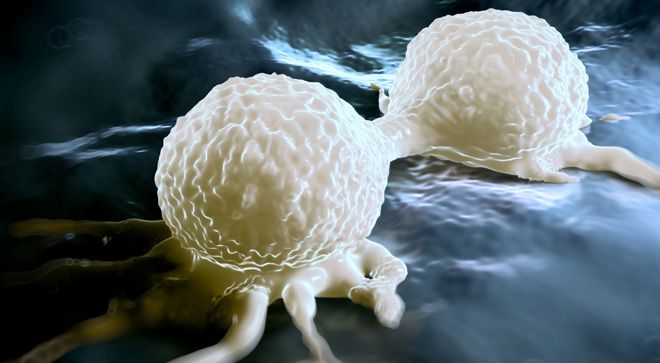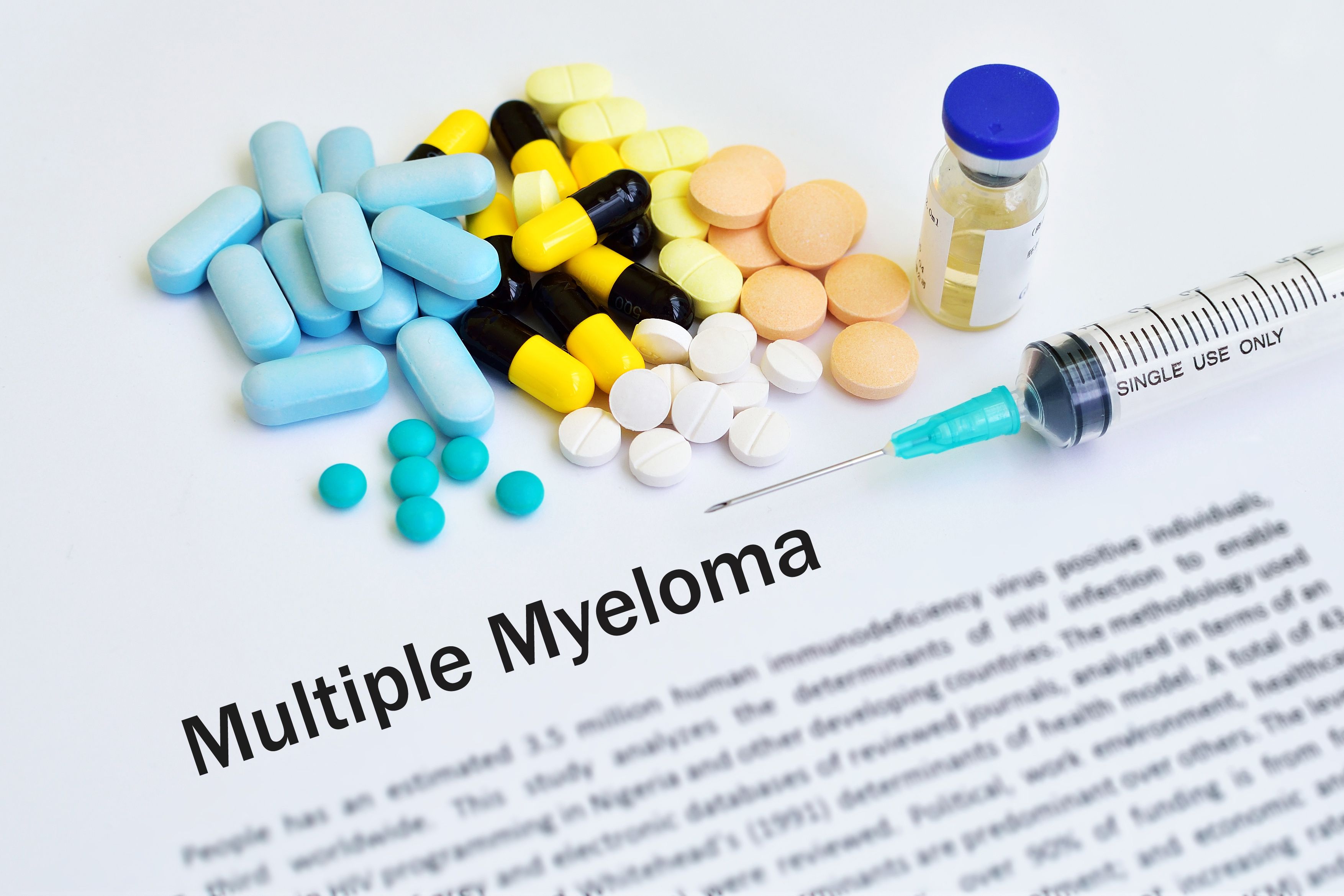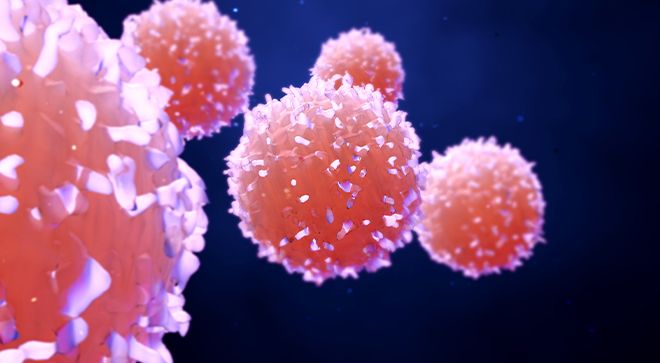Article
FDA’s Abecma Approval a ‘Great Blessing’ for Patients with Multiple Myeloma
Author(s):
The Food and Drug Administration’s recent approval of Abecma is an extremely significant development for patients with heavily pretreated multiple myeloma, according to an expert from the Dana-Farber Cancer Institute.
The Food and Drug Administration’s (FDA) recent approval of the first CAR-T cell therapy, Abecma (idecabtagene vicleucel), for the treatment of multiple myeloma is extremely significant for adults who have not responded to at least four lines of therapy, according to an expert from the Dana-Farber Cancer Institute.
“I think this is extremely significant (because) now it’s real,” Dr. Nikhil Munshi, director of basic and correlative science at the Jerome Lipper Multiple Myeloma Center at Dana-Farber Cancer Institute in Boston, said in an interview with CURE®. “To give an idea of when the studies were done, we knew (Abecma) worked very well, patients knew it worked very well. Now that it's commercially available, this is a real option for (patients).”
In fact, Munshi noted, there has been a tremendous need for a CAR-T cell therapy in a heavily pretreated population with multiple myeloma.
In patients who have had a median of six prior lines of therapy, he highlighted, previously available therapies have induced response rates of 20% to 30%. With the highest target dose of Abecma, the overall response rate in the trial was approximately 82% and almost 40% of those patients had complete response to therapy, according to Munshi.
“We are achieving deep responses as we had never hoped before,” he said. “And this is at a late stage. As we are beginning to now do studies that are earlier stage, we can only get better. So that's one component and the responses last.”
Moreover, treatment with Abecma resulted in a progression-free survival (time from treatment initiation to disease progression, disease relapse or all-cause death) of about nine months compared to two to four months with other therapies.
“I think there is a huge difference between what else is available in this space versus what we can get with (Abecma),” he said. “That doesn't mean what else is available is not useful, but now we have a very powerful, effective option available that we can give.”
Side Effect Profile
Just with any therapy, Munshi mentioned, there are some toxicities associated with the use of Abecma. The most common include cytokine release syndrome (CRS), which happens in approximately 90% of patients, and neurotoxicity. However, approximately 5% to 6% of CRS were serious or severe and around 3% of neurotoxicity were serious or severe.
“Toxicities are there (and) are serious enough that we cannot take it lightly,” he said. “Patients would need some hospitalization most of the time for a short period, but it's very manageable.”
Standard of Care?
Abecma has the potential to become a standard of care for a heavily pretreated population with multiple myeloma, according to Munshi. He likened it to cancer centers experienced in performing allogeneic stem cell transplants.
“I do see that CAR-T (cell therapy) will not be restricted to 20 or 30 big centers like (Dana-Farber), where we do it enough, (but) it also will be in new course, done by reasonably medium-sized centers who can be equipped to do it,” he said. “Centers, which are currently doing transplant, in given time would be able to do CAR T and it would become reasonable standard of care.”
Looking Ahead
Although the approval of Abecma is indicated for patients who have had at least four prior lines of therapy, there are multiple studies currently underway evaluating it in the second- and third-line setting, Munshi mentioned. Additionally, there is another study evaluating it in an upfront setting focusing on high-risk patients.
“It’s just a matter of time before the approvals are obtained for that phase of treatment,” he said. “It definitely belongs earlier on.”
The approval is a great blessing for both physicians and patients, according to Munshi. He noted that Abecma is one therapy that leads to MRD negativity at a late stage and should as well at an earlier stage.
“I believe this is the first step in the near future to a cure,” he concluded.
For more news on cancer updates, research and education, don’t forget to subscribe to CURE®’s newsletters here.




